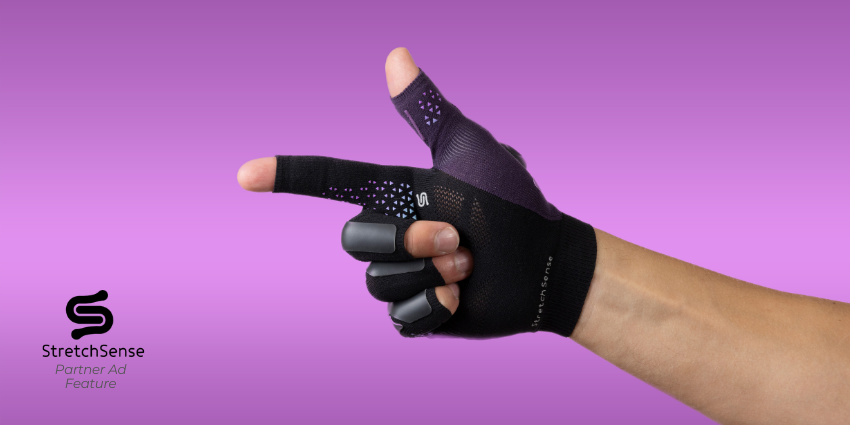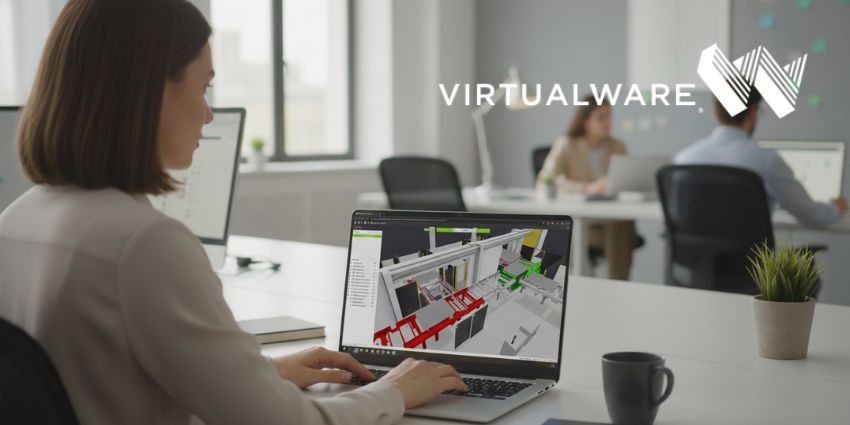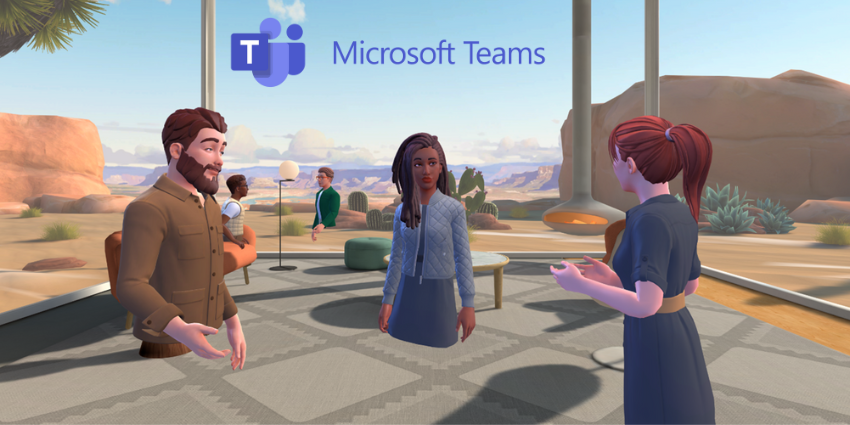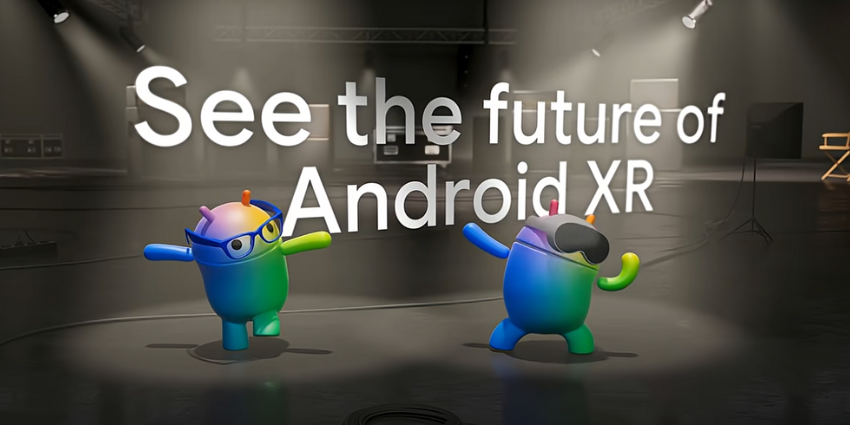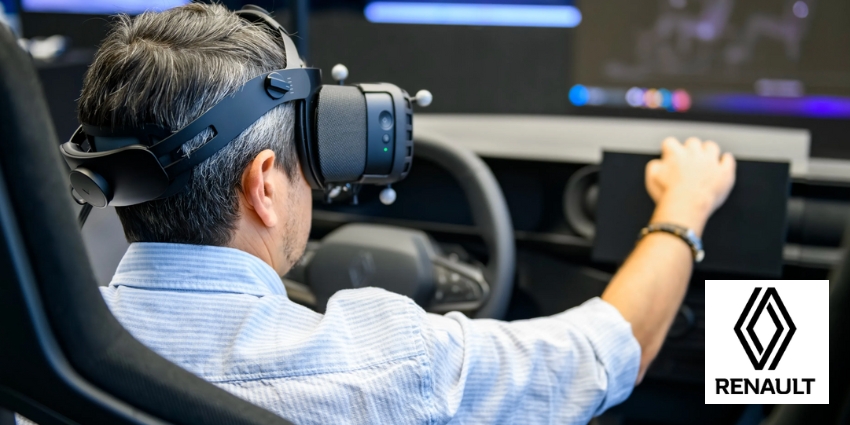The era of extended reality is upon us.
After a few years of false starts, 2020 could be the catalyst that makes VR and AR more appealing to the masses. After all, the COVID-19 pandemic drove a record number of workers to the remote landscape, ushering in the use of AR and VR at home.
A report from ABI Research this year (2020) said that before the pandemic, the VR market alone would grow at a rate of 45.7%, with an expected value of $24.5 billion by 2024. Virtual reality and augmented reality are changing the way that we interact with both people, and machines on a massive scale. However, many companies are still struggling to understand how these technologies work, and what kind of impact they’ll have on their workplaces.
AR vs VR: What is Virtual Reality?
The terms augmented and virtual reality get thrown around pretty frequently these days, thanks to the rise of apps like Pokémon Go and tools like the Oculus Quest. However, it’s worth remembering that these tools are different solutions, providing unique experiences.
Virtual Reality is about immersing yourself in a new virtual world. Your vision and surroundings are completely replaced with something new, and you focus on interacting with the digital elements you see in this new landscape. With virtual reality, you submerge yourself in a digital environment created for you, through sensors and intelligent feedback, you can interact with elements of the digital environment, and learn new things.
While you’re still in the “real world” physically, VR tricks your senses into believing that you’re somewhere else. Virtual reality is a big deal in the entertainment world, where you may already have seen things like the Sony VR headset and the Oculus Rift.
What Can VR Do in the Business World?
Although VR is becoming increasingly common in the gaming and entertainment landscape, it has a lot of potential in the enterprise space too. With virtual reality, you can submerge your employees and your customers in a new digital experience and accomplish a range of things as a result. For instance:
- Training: Virtual reality is an excellent way to provide your employees with safe and secure training environments for high-risk jobs. For instance, BP partnered with the Igloo Vision teams to train their employees on an emergency exit procedure for an oil refinery in England. Employees used the VR technology to learn how to escape from a potentially life-threatening situation. With VR, your team can learn from their mistakes without being in danger.
- Workforce productivity: With VR, employees can build entirely new products and experiment with designs, without having to waste any materials or resources. For instance, the Ford company worked with a company called Gravity Sketch to help designers create design mockups with fantastic results. Working in 3D helps designers to create unique ideas without having to test concepts with expensive materials.
- Collaboration and communication: Virtual reality allows employees to step into the same environment as their team members. Unlike in a video conference where you can see your colleagues face-to-face through a screen, virtual reality invites everyone into the same shared digital space. You can even share 3D documents and ideas in real-time, allowing team members to immerse themselves more deeply in the conversation.
AR vs VR: What is Augmented Reality
Virtual reality replaces your existing world with a digital environment that you can interact with. On the other hand, augmented reality adds to the environment that you’re already in. Augmented Reality devices like the Microsoft HoloLens ensure that you can still see everything around you, just like you were wearing a pair of sunglasses. The extra digital content overlays on top of your surroundings.
Like with VR, sensors and AR technology ensure that you can interact with the augmented reality elements that you see. You can experiment with the size of a piece of furniture and place it where you’d like to see it in your living room, for instance, without having to purchase anything.
Augmented Reality adds to your existing environment and helps you to get more out of the everyday experiences that you’re used to. Many retailers are already releasing AR apps that allow customers to try on different kinds of makeup or see how an item might look in their homes.
What Can AR Do in the Business World?
Similar to VR, augmented reality has a lot of potential in the gaming and entertainment space. However, companies in this landscape are also experimenting with the possibilities of AR in business. With augmented reality, companies can:
- Access valuable information: Field workers can collect information from specialists and see it presented in front of them as they’re working, ensuring that they know exactly how to fix an issue for a customer, without calling in extra help. For instance, an engineer working on a car could grab an image of what an engine should look like and overlay it on the real-life vehicle to see which elements need to change.
- Walkthrough complex design: Companies like an engineering firm, Aecomis can use mixed reality AR tech to help engineers visualize models of large-scale projects. You can walk through a visualization of a building to notice any errors that might have been missed by previous members of staff.
- Collaboration: When collaborating with team members, employees could use AR to share 3D models and other useful information that will keep everyone on the same page. This streamlines employee performance and ensures that fewer mistakes are made during projects, without having to bring people face-to-face.
The Future of AR and VR
The demand for augmented and virtual reality in the workplace is growing. According to a report called “Tomorrow’s workplace technology”, 48% of workers think that AR/VR headsets or similar tools can help them to learn new skills when at work.
A further 45% of respondents said that future workplace technology would be more integrated with their everyday experiences, and 42% said that they think screens will be replaced by different displays, like contact lenses and smart glasses.
There’s no doubt that AR and VR can change your business landscape. The only question is which one are you going to access first?


